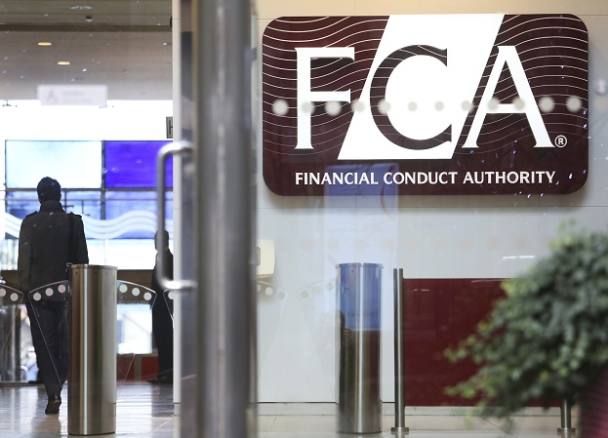Last week the Financial Conduct Authority issued a warning to platforms to make sure that their fees are clearly presented, up to date and upfront on their websites, with a full breakdown of charges. While this came as welcome news there is still room for improvement, and I’d wager that the regulations haven’t helped.
Take Hargreaves Lansdown. When searching for funds, you see the ‘ongoing charge’ and ‘net ongoing charge’ on the ‘At a Glance’ tab. As an example, this is 1.36 per cent for HL Multi-Manager Strategic Assets Fund (GB00BYZ0ZQ38). But if you then click on the 'Costs' tab it states that the 'average annual charge' for this fund is 1.9 per cent.
The 1.9 per cent figure includes both the platform fee and the transaction costs. The difference between the ongoing charge and annual average charge is typically even larger in the case of emerging markets funds as their trading costs tend to be higher. HL Multi Manager Asia & Emerging Markets (GB00BSD99P77) has a net ongoing charge of 1.53 per cent and an average annual charge of 2.21 per cent.
But surely a fund's transaction costs should be included in its ongoing charges figure? Well, the Undertakings for Collective Investment in Transferable Securities (Ucits) framework omits them from the calculation, although since 2018 Mifid II rules have made fund firms disclose these costs separately.
Danny Cox, head of external relations at Hargreaves Lansdown says: "The 'at a glance' page provides clients with the headline information, it’s not just about charges. To ensure clients have seen the full costs, we obviously provide the dedicated costs tab on the factsheet with the detailed information, but then also ask clients to confirm they have seen this before they purchase, and provide a link to the page if not".
The gaps between different cost figures are wider for investment trusts which fall under different regulations and reporting requirements. For example, Hargreaves Lansdown reports RIT Capital Partners (RCP) as having an ongoing charge of 0.72 per cent, calculated according to Ucits rules; a net ongoing charge of 2.15 per cent, calculated according to packaged retail investment and insurance product (Priips) regulations; and an average annual charge of 5.53 per cent which includes performance and transaction fees.
Fee transparency has improved in recent years but we’re not there yet.











